Home>Gardening & Outdoor>Landscaping Ideas>What Is Grass Rust And How To Remove It
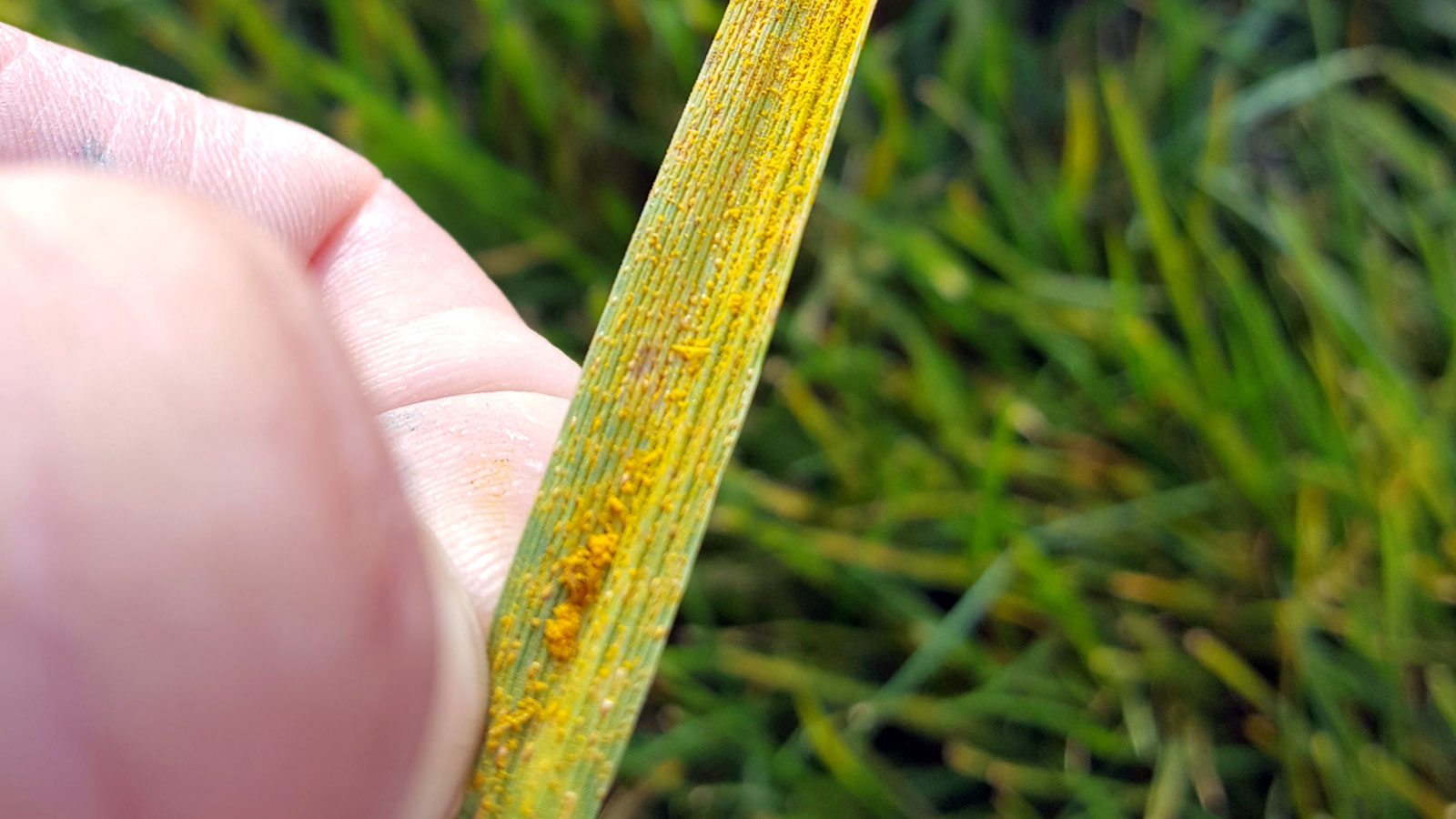

Landscaping Ideas
What Is Grass Rust And How To Remove It
Modified: October 19, 2024
Learn about grass rust and discover effective landscaping ideas to remove it from your lawn. Protect your landscape with expert tips and solutions.
(Many of the links in this article redirect to a specific reviewed product. Your purchase of these products through affiliate links helps to generate commission for Storables.com, at no extra cost. Learn more)
Understanding Grass Rust
Grass rust is a common lawn disease caused by fungal pathogens. This unsightly and potentially damaging condition can affect various types of grass, including Kentucky bluegrass, perennial ryegrass, and tall fescue. Understanding the nature of grass rust is crucial for effective prevention and treatment.
When grass rust takes hold, it manifests as yellow, orange, or red powdery pustules on the grass blades. These pustules often resemble rust, hence the name of the condition. The presence of grass rust weakens the grass, making it more susceptible to other stressors such as drought, heat, and cold.
Grass rust typically thrives in warm, humid conditions, making it a common problem during the summer months. The fungal spores spread through contact, whether it be from mowing, foot traffic, or the wind. Understanding the environmental factors that contribute to grass rust can help homeowners take proactive measures to prevent its occurrence.
By comprehending the lifecycle of grass rust and the conditions that promote its growth, individuals can implement strategies to minimize its impact on their lawns. This knowledge empowers homeowners to take the necessary steps to maintain a healthy and vibrant lawn, free from the clutches of grass rust.
Key Takeaways:
- Grass rust is a fungal disease that weakens and discolors grass. Prevent it by maintaining a healthy lawn through proper mowing, watering, and fertilization. Early detection and swift action are key to removing grass rust.
- To remove grass rust, mow the lawn, improve airflow, apply fungicide, and consider overseeding. Adjust lawn care practices to prevent recurrence. Understanding, prevention, and proactive removal are essential for a healthy, vibrant lawn.
Read more: What Is Grass Rust
Identifying Grass Rust
Identifying grass rust is essential for prompt intervention and effective treatment. The early detection of this fungal disease can prevent its spread and minimize damage to the lawn. When inspecting the grass for signs of rust, it’s important to look for distinct visual indicators.
The most apparent sign of grass rust is the presence of powdery pustules on the grass blades. These pustules can range in color from yellow to orange to red, depending on the severity of the infestation. Additionally, the affected grass may exhibit a general yellowing or browning, signaling the weakening of the plants due to the fungal infection.
Another key aspect of identifying grass rust is understanding its pattern of occurrence. This disease often appears in patches or streaks across the lawn, creating a visually uneven and discolored surface. By recognizing these patterns, homeowners can accurately pinpoint areas that require immediate attention.
Furthermore, observing the environmental conditions that favor grass rust can aid in its identification. Warm, humid weather provides an ideal breeding ground for the fungal spores, so areas of the lawn that receive less airflow or sunlight may be more susceptible to infestation.
By being attentive to these visual and environmental cues, homeowners can effectively identify grass rust and take proactive measures to address the issue before it escalates. Timely detection is crucial for successful treatment and prevention, ultimately preserving the health and aesthetics of the lawn.
Preventing Grass Rust
Preventing grass rust is a proactive approach to maintaining a healthy lawn and minimizing the risk of fungal infestations. By implementing effective prevention strategies, homeowners can create an environment that is less conducive to the growth and spread of grass rust.
One of the key preventive measures is to promote optimal lawn health through proper maintenance practices. This includes regular mowing at the appropriate height for the specific grass type, as well as adequate watering and fertilization. Well-maintained lawns are more resilient to diseases such as grass rust.
Improving air circulation and reducing moisture on the grass blades can also deter the development of grass rust. Trimming back overhanging branches and thinning out dense shrubbery can enhance airflow, while watering the lawn in the morning allows for sufficient drying time during the day, minimizing excess moisture that can promote fungal growth.
Furthermore, avoiding excessive nitrogen fertilization during the warmer months can help prevent grass rust. High nitrogen levels can stimulate rapid grass growth, making the plants more susceptible to fungal infections. Instead, opting for a balanced fertilization approach can support healthy grass without compromising its resilience.
Regular inspections of the lawn for early signs of grass rust are crucial for proactive prevention. By promptly addressing any indications of the disease, such as the presence of powdery pustules or discoloration, homeowners can take targeted action to mitigate the spread of grass rust before it becomes a widespread issue.
Additionally, practicing proper lawn care hygiene, such as cleaning and disinfecting lawn equipment and footwear, can prevent the unintentional spread of fungal spores from one area of the lawn to another.
By integrating these preventive measures into their lawn care routine, homeowners can create an environment that is less hospitable to grass rust, ultimately safeguarding the vitality and beauty of their grassy landscape.
Regularly mowing your lawn and removing any grass clippings can help prevent the spread of grass rust. Additionally, watering your lawn in the morning and avoiding over-fertilization can also help control grass rust.
Removing Grass Rust
When grass rust has taken hold in a lawn, swift and targeted action is essential to remove the fungal infestation and restore the health of the grass. By employing effective removal strategies, homeowners can mitigate the impact of grass rust and rejuvenate their lawn.
One of the initial steps in removing grass rust is to mow the lawn to a slightly lower height than usual. This helps to eliminate the infected grass blades and reduce the concentration of fungal spores on the remaining plants. It is important to collect and dispose of the clippings to prevent the spread of the disease.
Aeration can also aid in the removal of grass rust by improving the circulation of air and reducing excess moisture in the lawn. Core aeration, which involves removing small plugs of soil, helps to alleviate compaction and create an environment that is less favorable for fungal growth.
Furthermore, applying a fungicide specifically formulated to target grass rust can be an effective means of removal. Selecting a fungicide that is approved for use on the specific type of grass in the lawn and following the application instructions diligently can help eradicate the fungal infestation.
In severe cases of grass rust, overseeding the affected areas with disease-resistant grass species can facilitate the removal of the infestation and promote the recovery of the lawn. This method helps to replace the weakened grass with healthier, more resilient varieties, enhancing the overall vigor of the lawn.
After implementing removal strategies, it is crucial to adjust the lawn care practices to prevent the recurrence of grass rust. This includes optimizing watering schedules to minimize moisture on the grass blades, avoiding excessive nitrogen fertilization, and promoting proper airflow and sunlight exposure throughout the lawn.
Regular monitoring and maintenance are essential to ensure that the grass rust has been effectively removed and that the lawn is on a path to recovery. By staying attentive to the signs of resurgence and adjusting the lawn care practices accordingly, homeowners can prevent the reestablishment of the fungal infestation.
By diligently applying these removal strategies and maintaining a vigilant approach to lawn care, homeowners can successfully eliminate grass rust and restore the health and vibrancy of their lawn.
Conclusion
Grass rust, a fungal disease that can afflict various types of grass, poses a threat to the health and aesthetics of lawns. Understanding the nature of grass rust, from its visual indicators to the environmental conditions that promote its growth, is crucial for effective lawn care and maintenance.
Identifying grass rust early on is essential for prompt intervention and targeted treatment. By recognizing the distinct signs of the disease, such as powdery pustules and discoloration, homeowners can take proactive measures to address the issue before it escalates.
Preventing grass rust requires a proactive approach that focuses on promoting optimal lawn health and creating an environment that is less conducive to fungal infestations. By implementing proper maintenance practices, improving air circulation, and conducting regular inspections, homeowners can minimize the risk of grass rust and preserve the vitality of their lawn.
When grass rust has taken hold, swift and targeted action is necessary to remove the fungal infestation and restore the health of the grass. Mowing, aeration, fungicide application, and overseeding are effective strategies for removing grass rust and rejuvenating the lawn.
By diligently applying these removal strategies and maintaining a vigilant approach to lawn care, homeowners can successfully eliminate grass rust and prevent its reestablishment. Ongoing monitoring and adjustment of lawn care practices are essential for safeguarding the long-term health and beauty of the lawn.
In conclusion, a comprehensive understanding of grass rust, coupled with proactive prevention and effective removal strategies, empowers homeowners to maintain a vibrant and resilient lawn. By integrating these insights into their lawn care routine, individuals can mitigate the impact of grass rust and cultivate a lush, healthy landscape for enjoyment and relaxation.
Frequently Asked Questions about What Is Grass Rust And How To Remove It
Was this page helpful?
At Storables.com, we guarantee accurate and reliable information. Our content, validated by Expert Board Contributors, is crafted following stringent Editorial Policies. We're committed to providing you with well-researched, expert-backed insights for all your informational needs.
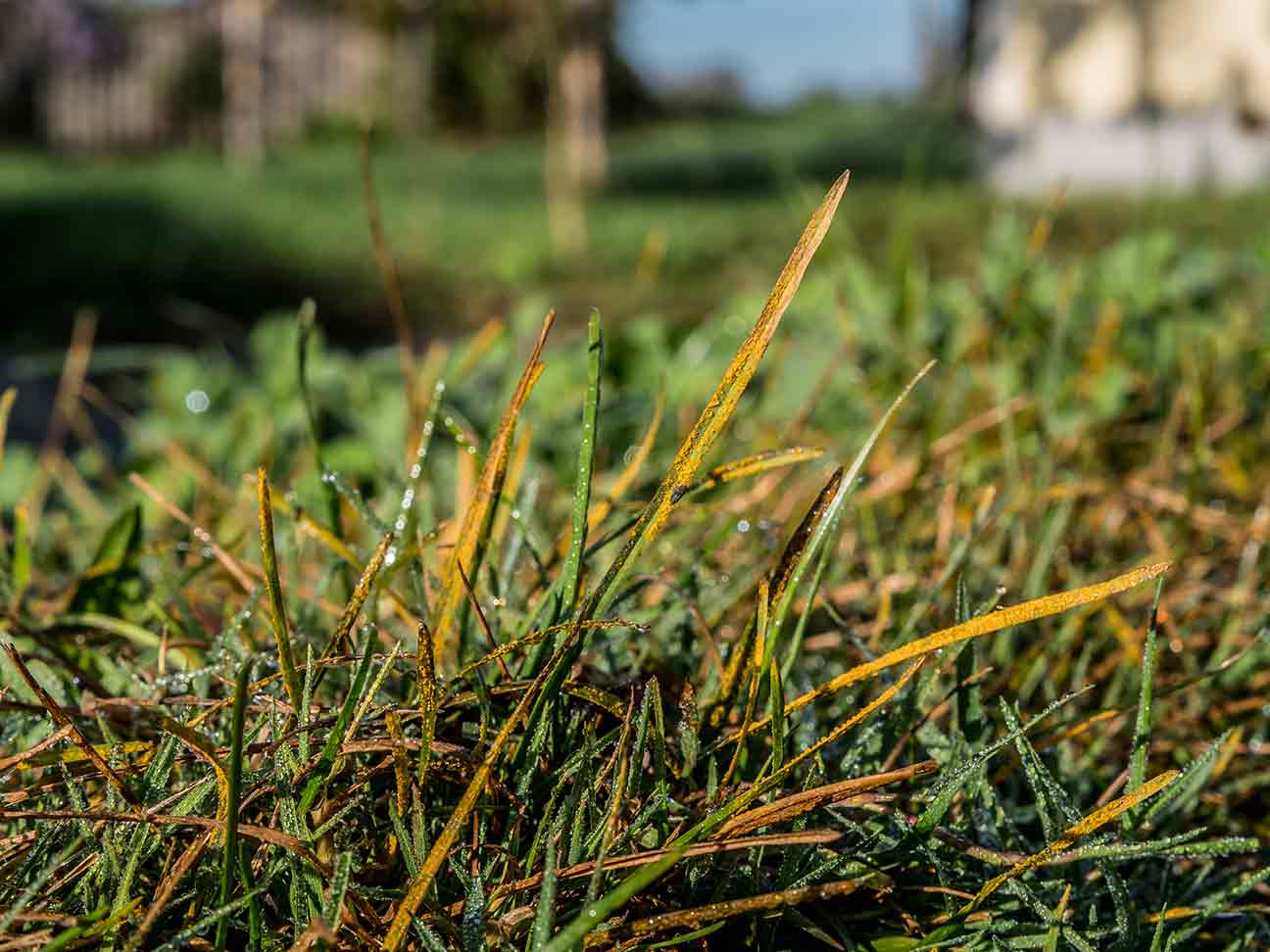
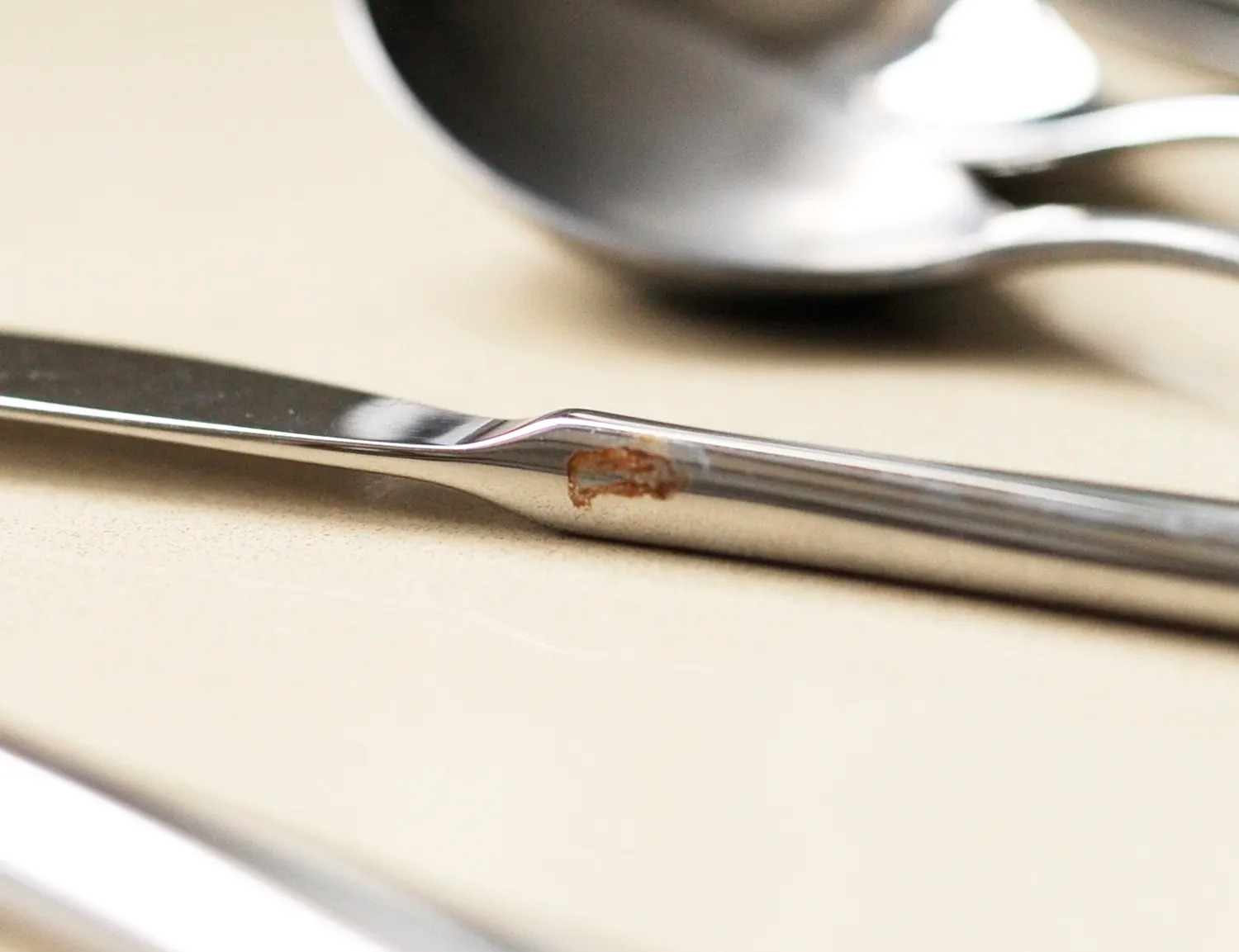
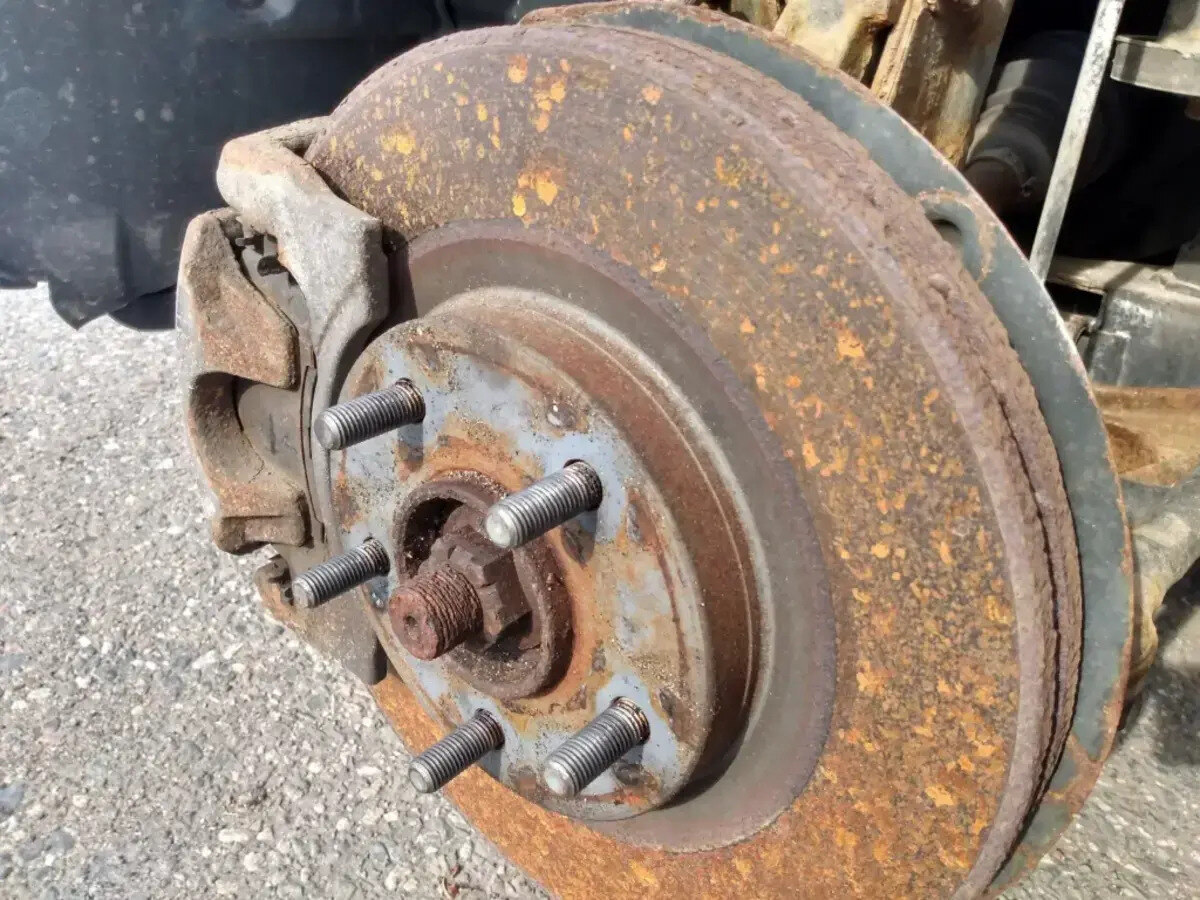
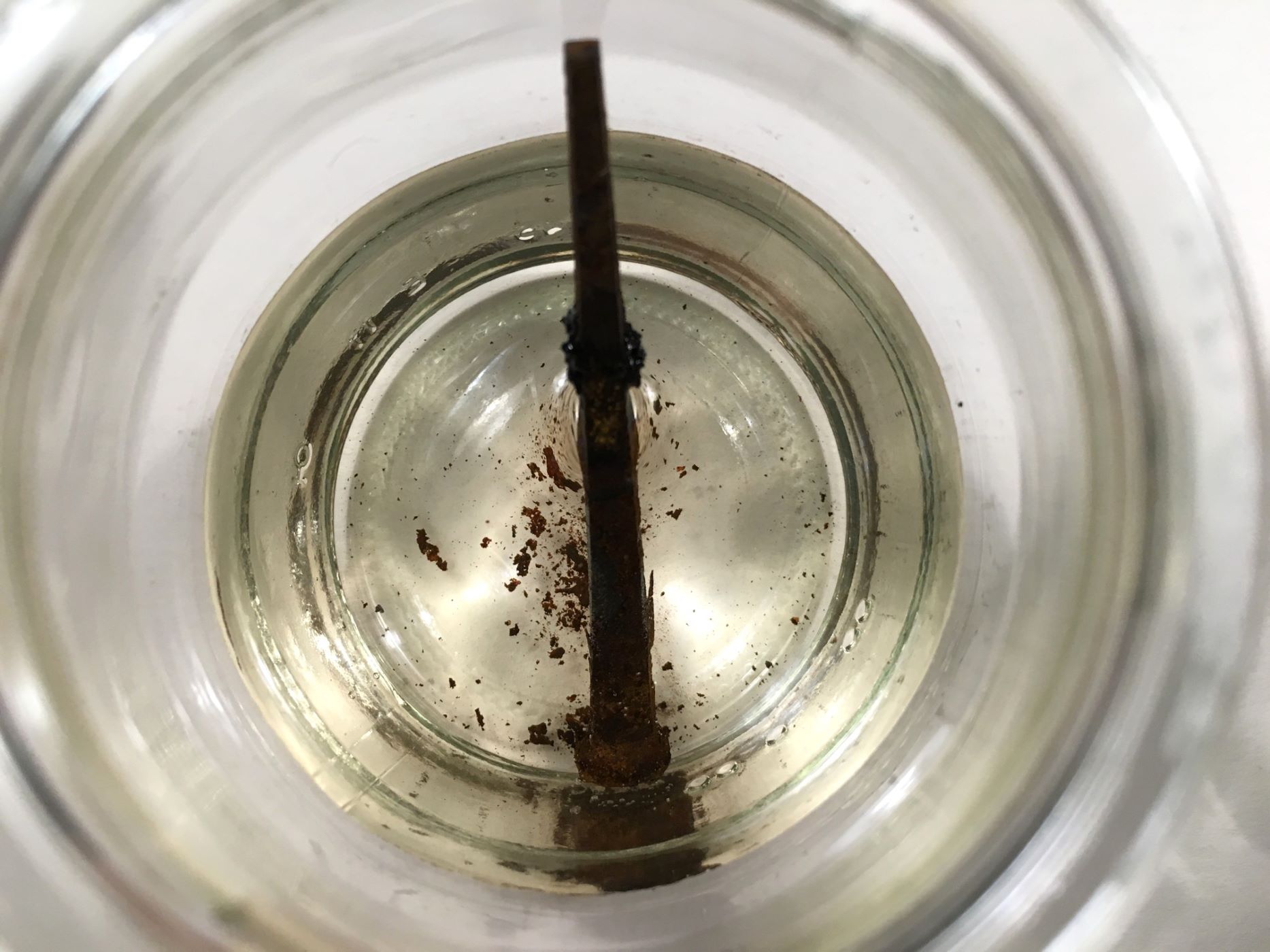
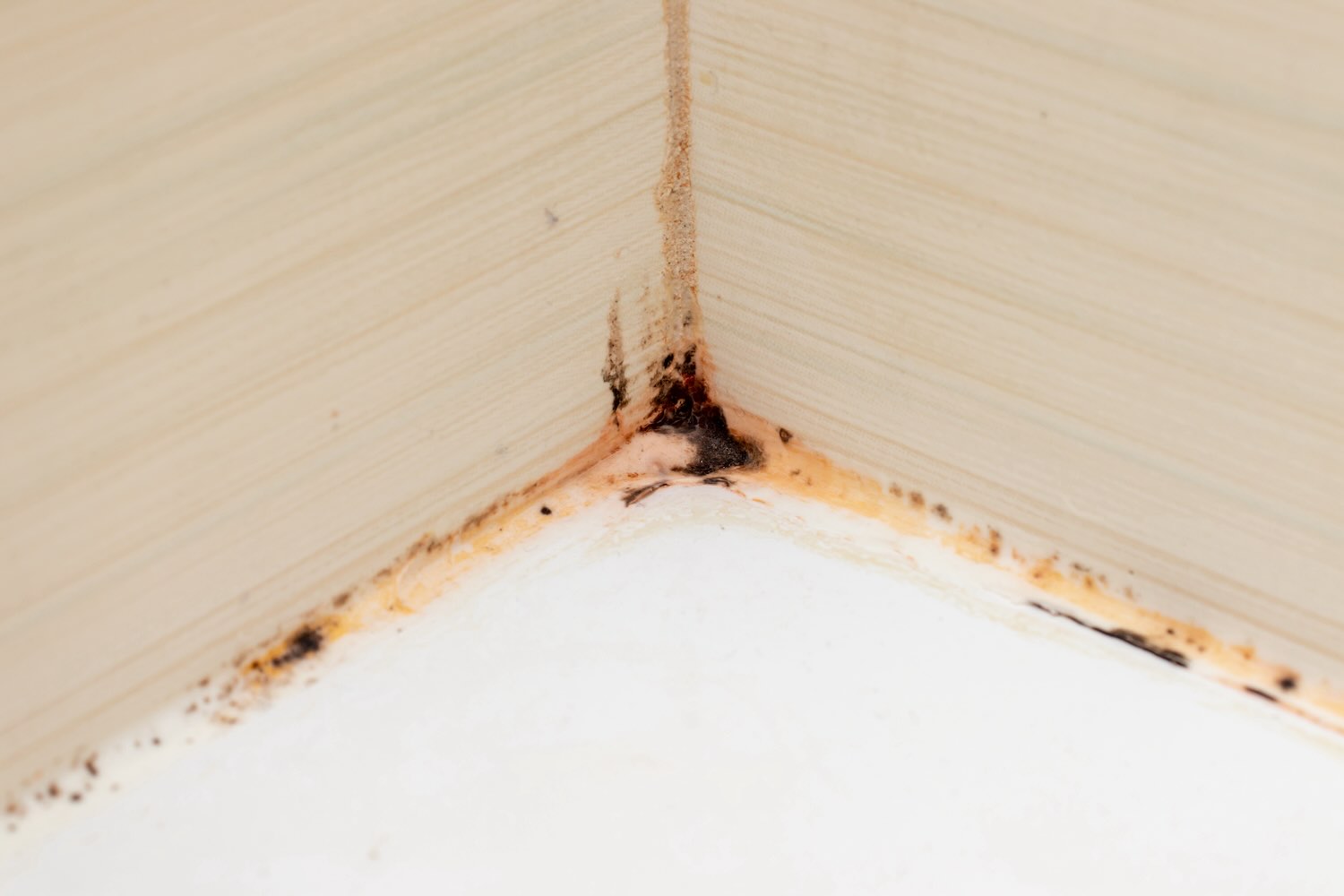
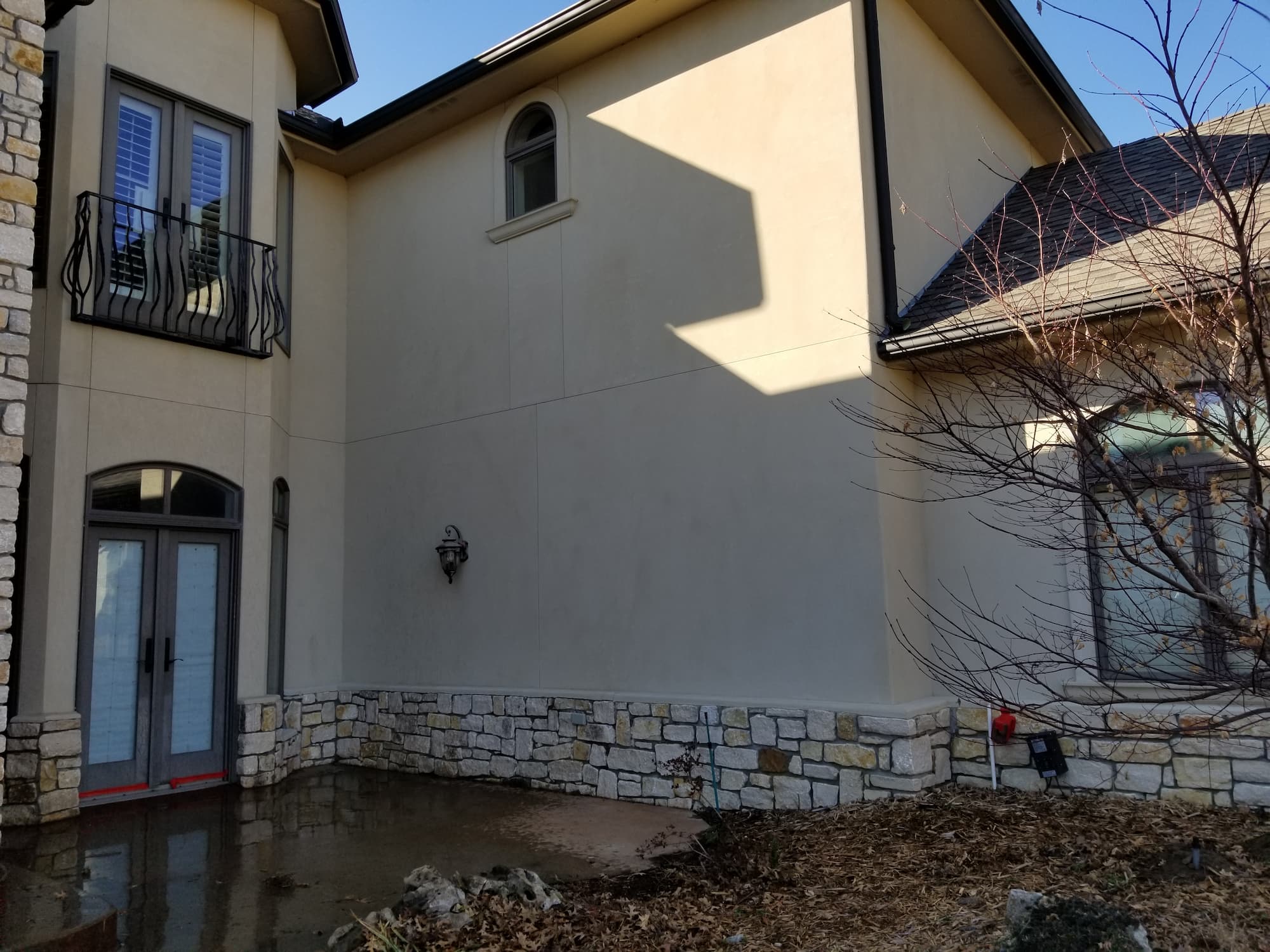
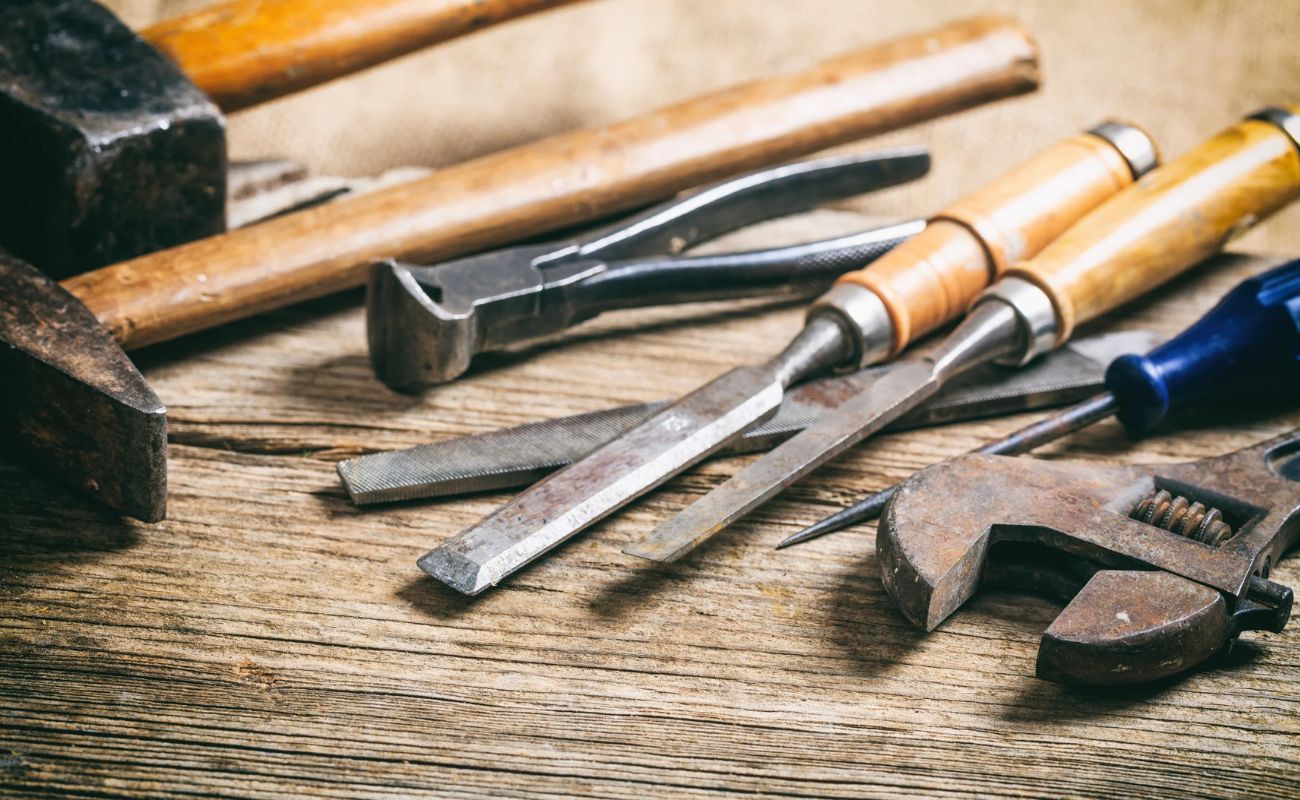
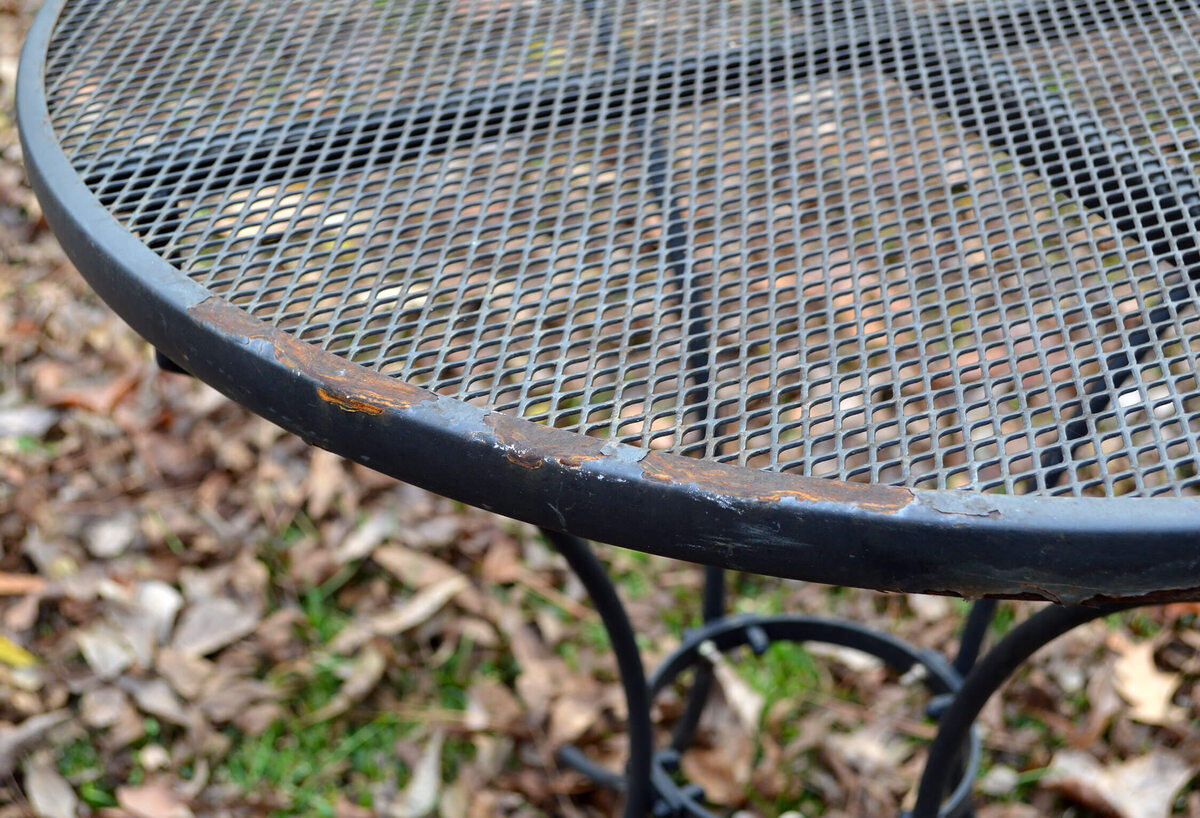
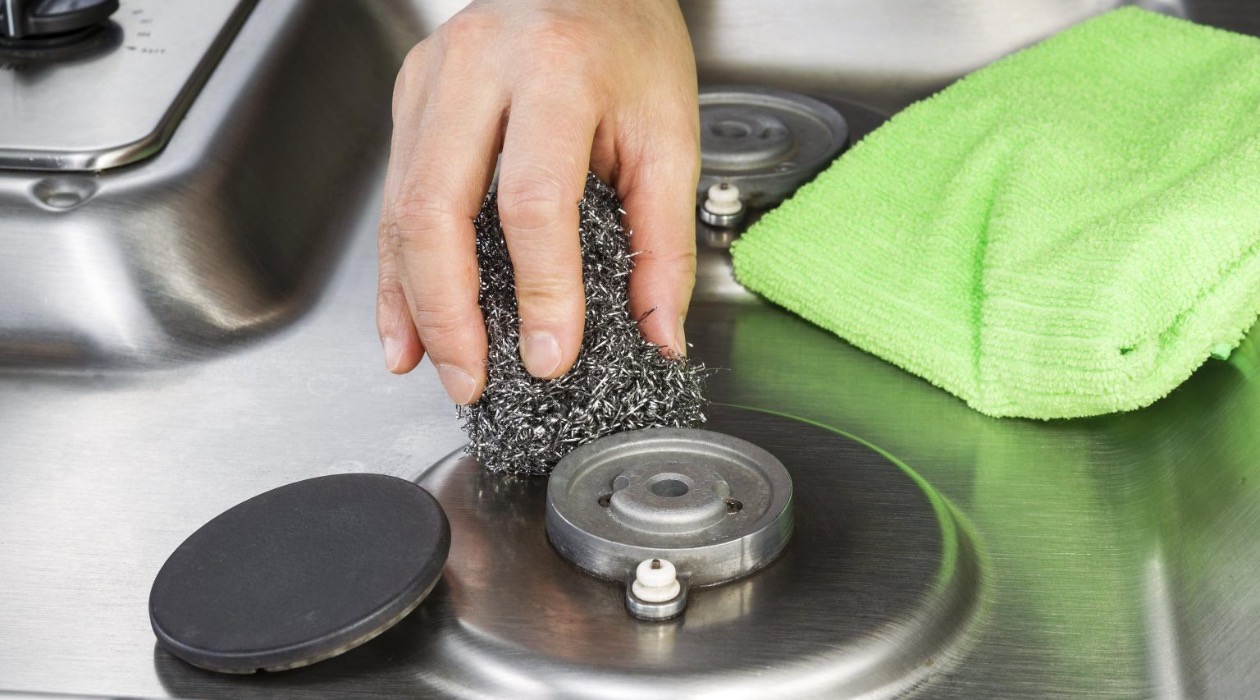
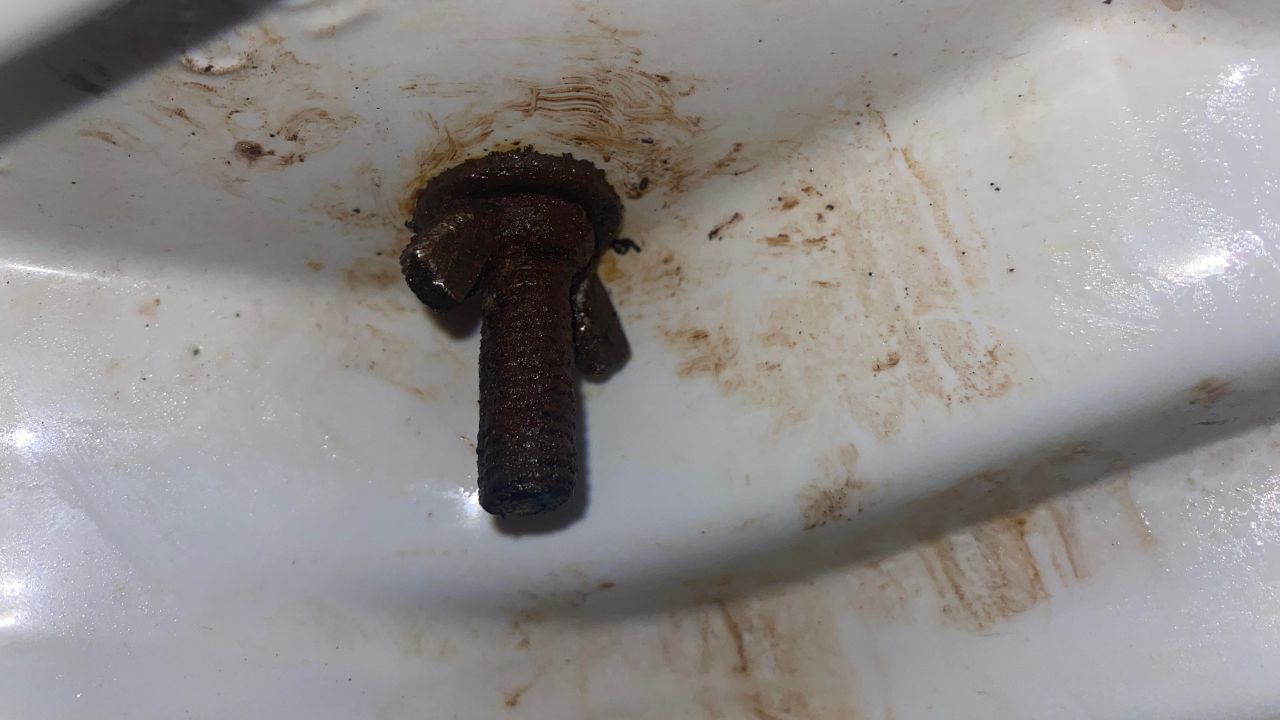
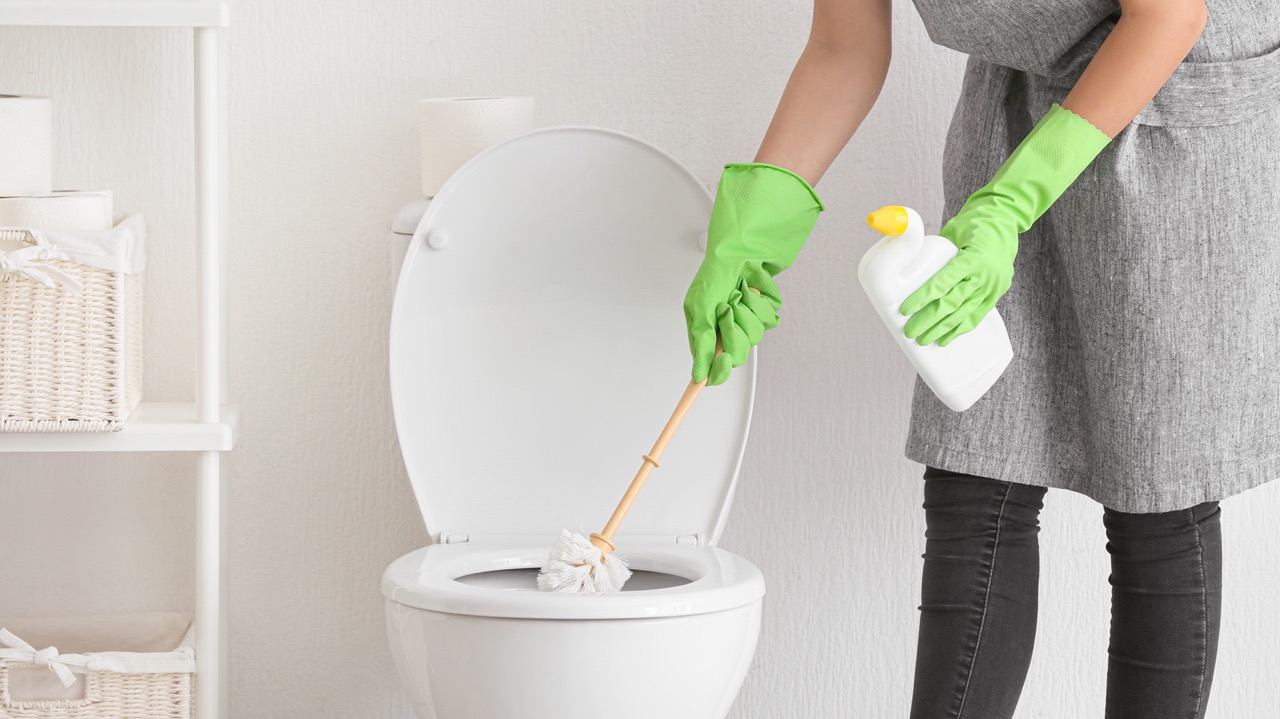
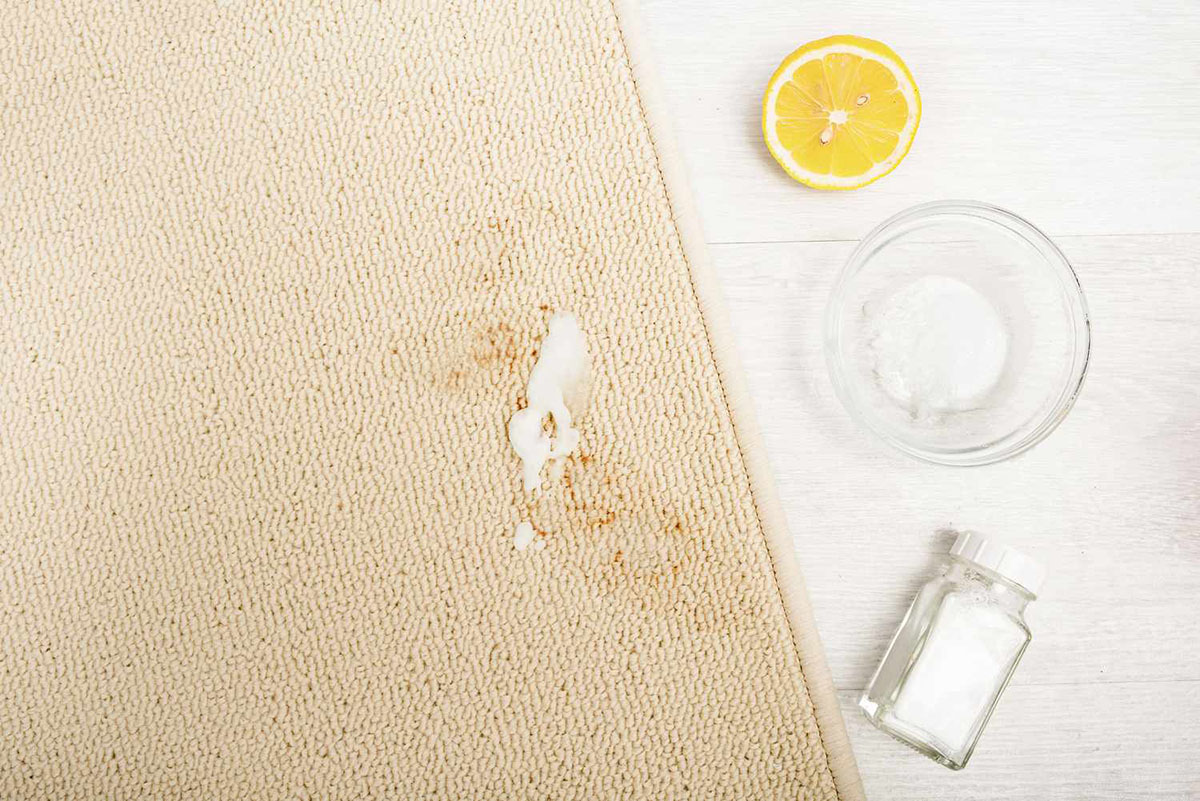


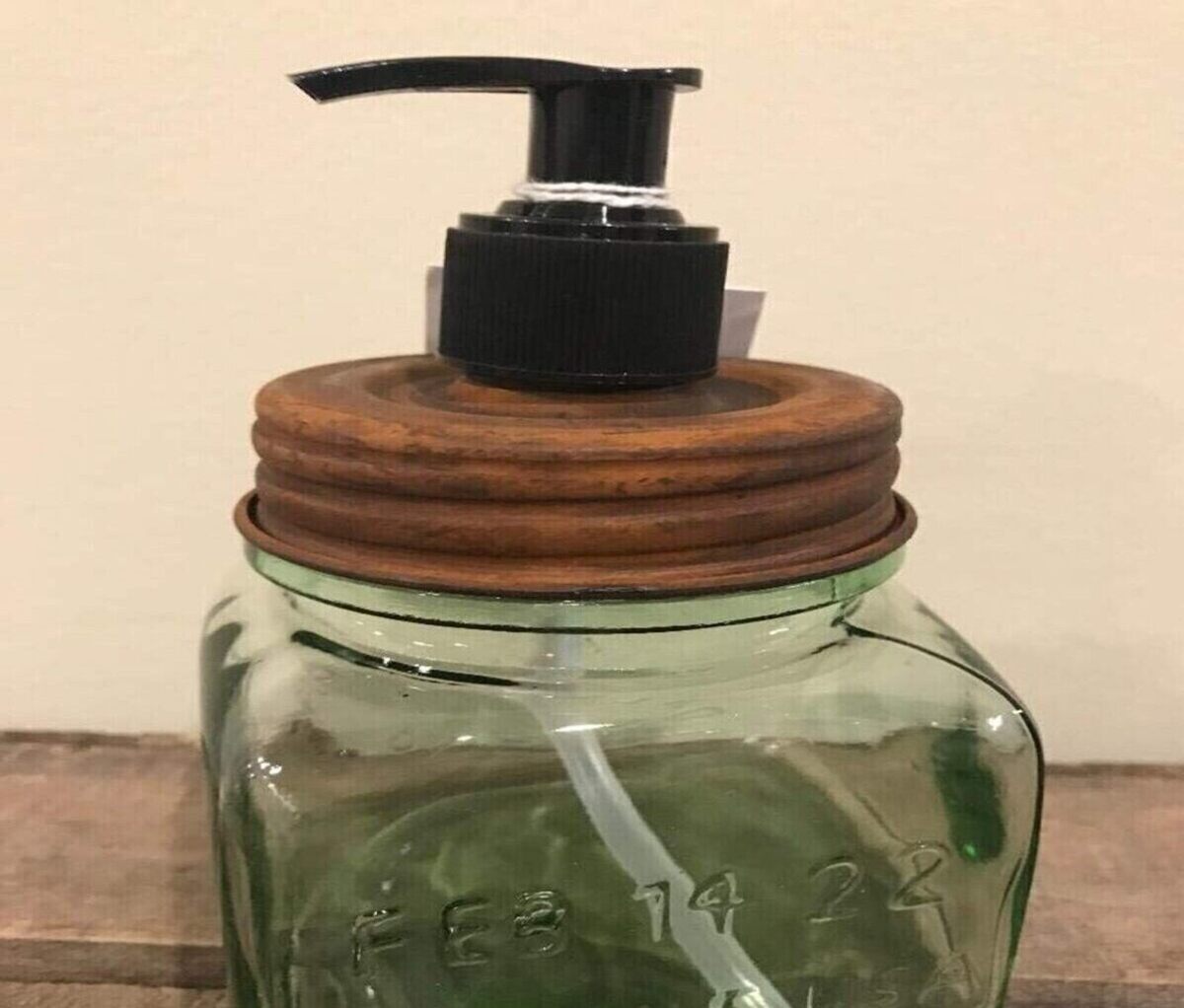

0 thoughts on “What Is Grass Rust And How To Remove It”